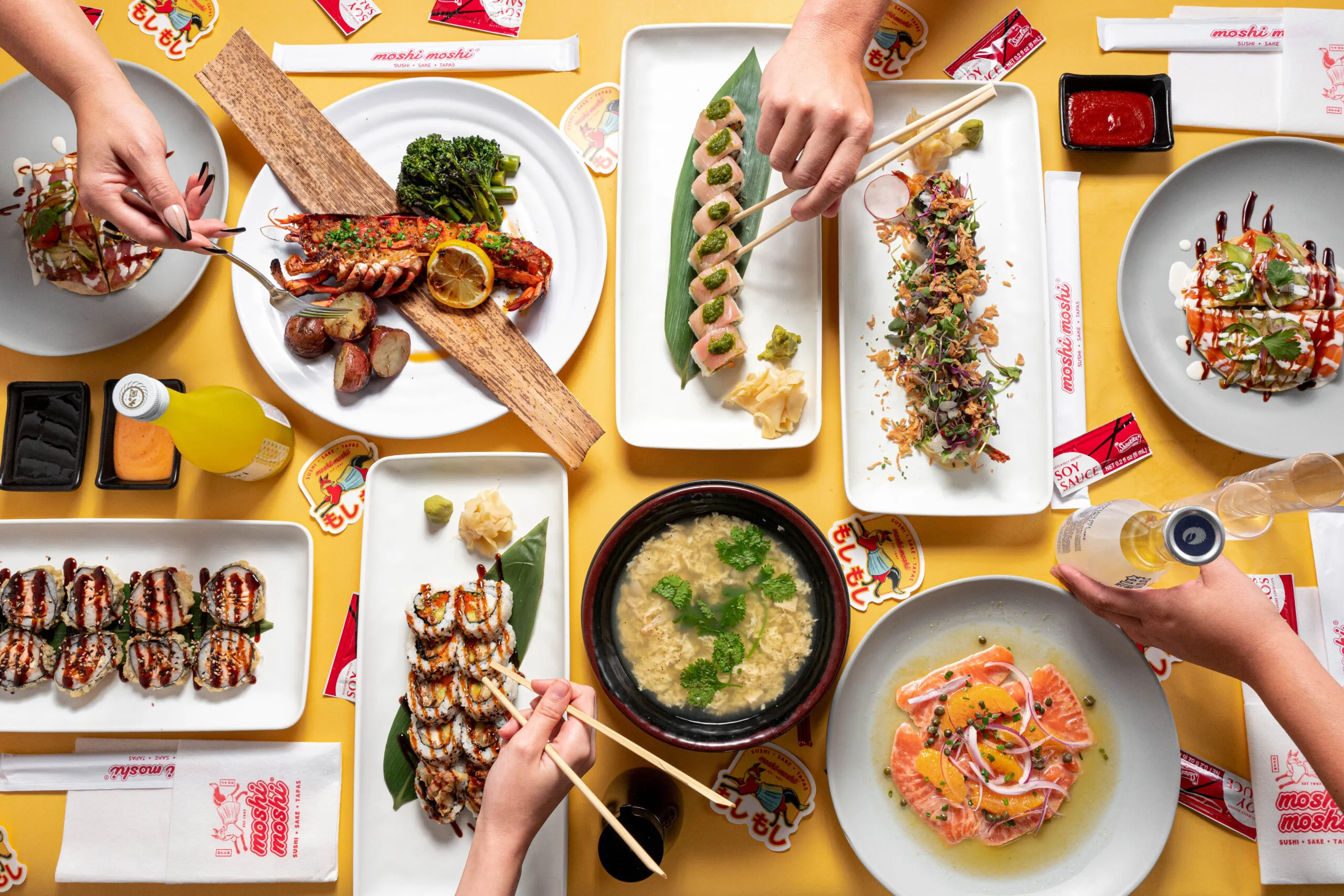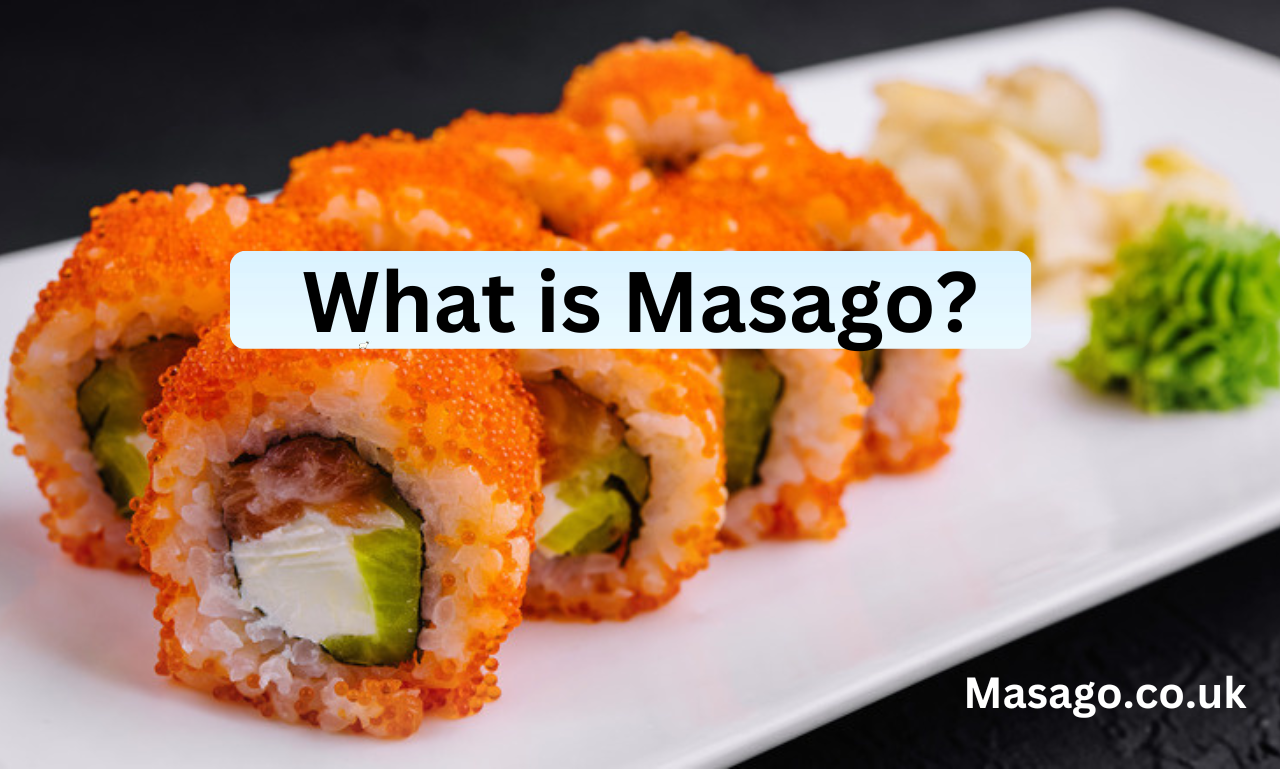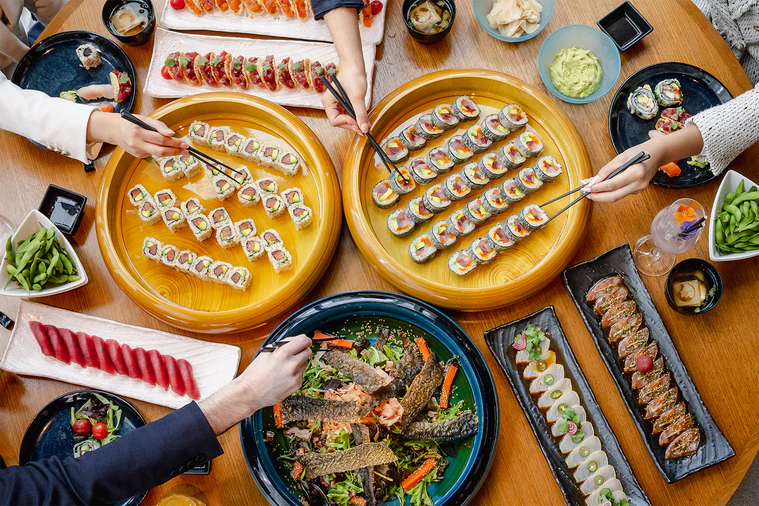Arare Masago is a unique and flavorful ingredient in Japanese cuisine that has been gaining popularity in various culinary circles. This delightful combination features masago, which are tiny, bright orange capelin roe, mixed with rare, small, crunchy rice crackers. This fusion not only adds a burst of flavor but also enhances the texture of various dishes. As a versatile ingredient, Arare Masago has secured its place in modern gastronomy, making it a favorite among chefs and home cooks alike.
Ingredients and Preparation
Key Ingredients
To prepare Arare Masago, you’ll need:
- Fresh masago (capelin roe)
- Arare (Japanese rice crackers), often seasoned
- Optional seasonings (soy sauce, sesame oil, or spices)
Step-by-Step Preparation Process
- Sourcing Fresh Masago: Look for fresh capelin roe at local Asian grocery stores or reputable online retailers. Ensure the roe is vibrant in color and free from any unpleasant odors.
- Mixing with Arare: In a mixing bowl, combine the masago with crushed Arare crackers. The ratio can vary based on personal preference, but a common starting point is 1 cup of masago to 1-2 cups of arare.
- Optional Seasonings: For added flavor, drizzle in some soy sauce or a few drops of sesame oil. You can also add a pinch of spices like wasabi or chili powder for a spicy kick.
- Serve and Enjoy: Arare Masago can be used immediately or stored in an airtight container for later use.
Tips for Selecting High-Quality Ingredients
When selecting masago, opt for roe that is bright in color and has a firm texture. For rare, choose varieties that are well-seasoned and crispy, as this will enhance the overall flavor of your dish.
Nutritional Profile
Arare Masago is not only delicious but also packed with nutritional benefits.
- Rich in Protein: Masago is an excellent source of protein, making it a great addition to any meal.
- Omega-3 Fatty Acids: The roe is high in omega-3s, which are beneficial for heart health.
- Vitamins and Minerals: Arare Masago contains essential vitamins like B12 and minerals such as selenium, promoting overall well-being.
However, it’s essential to be mindful of sodium content, especially if you have dietary restrictions or allergies.
Culinary Uses of Arare Masago
Arare Masago is versatile and can be incorporated into various dishes:
Popular Dishes Featuring Arare Masago
- Sushi Rolls: A common application, Arare Masago can be sprinkled on top of sushi rolls for added texture and flavor.
- Salads: Use Arare Masago as a crunchy topping for salads, enhancing both taste and presentation.
- Garnishes for Seafood Dishes: Its vibrant color and flavor make it an excellent garnish for seafood-based meals.
Creative Recipes Incorporating Arare Masago
- Arare Masago Dip: Mix Arare Masago with cream cheese and spices to create a unique dip for vegetables or crackers.
- Sushi-Inspired Appetizers: Serve Arare Masago on rice cakes with avocado and cucumber for a quick, tasty appetizer.
Where to Find Arare Masago
Best Places to Buy Arare Masago
- Local Asian Grocery Stores: Most Asian markets carry fresh masago and are.
- Online Retailers: Websites like Amazon or specialty food sites offer a variety of masago products and snacks.
Recommendations for Brands and Products
Some popular brands include Eden Foods for arare and Kikoman for high-quality masago. Always check reviews and ingredient lists to ensure you’re getting the best products.
Storage and Shelf Life
Proper Storage Methods
To maintain the freshness of Arare Masago, store it in an airtight container in the refrigerator. This prevents moisture from compromising the texture of the arare.
Shelf Life Considerations
Fresh masago typically lasts about 1-2 weeks in the refrigerator, while rare can last several months if kept sealed.
Tips for Preserving Freshness
For optimal taste and texture, consume Arare Masago within a week of preparation. Avoid exposing it to air and moisture as much as possible.
Arare Masago vs. Other Seafood Toppings
Comparison with Alternatives
Arare Masago often gets compared to other seafood toppings like tobiko (fish roe) and ikura (salmon roe). While all three have unique flavors and textures, Arare Masago offers a delightful crunch due to the rare crackers, setting it apart from its peers.
Flavor Profiles and Culinary Applications
- Tobiko: Smaller, less crunchy, with a slightly sweet flavor.
- Ikura: Larger and more buttery, perfect for those who enjoy a richer taste.
Conclusion
Arare Masago is a versatile ingredient that adds depth and flavor to various dishes. With its unique combination of textures and nutritional benefits, it’s worth incorporating into your culinary repertoire. Whether you’re preparing sushi or looking for a new topping for your salad, Arare Masago can elevate your meals to the next level.
FAQs about Arare Masago
Common Questions
- What does Arare Masago taste like?
- It has a slightly salty, briny flavor balanced by the crunchiness of the rare.
- Can I use Arare Masago in cooking?
- Absolutely! It’s great in sushi, salads, and as a topping for various dishes.
- Is Arare Masago gluten-free?
- Check the packaging, as some rare varieties may contain gluten. Opt for gluten-free arare if necessary.
Expert Tips for Beginners
- Start with small amounts to understand the flavor balance.
- Experiment with different recipes to discover new ways to enjoy Arare Masago.
This article is structured to be informative and easy to understand while being optimized for SEO. Let me know if you need any adjustments or additional information!




